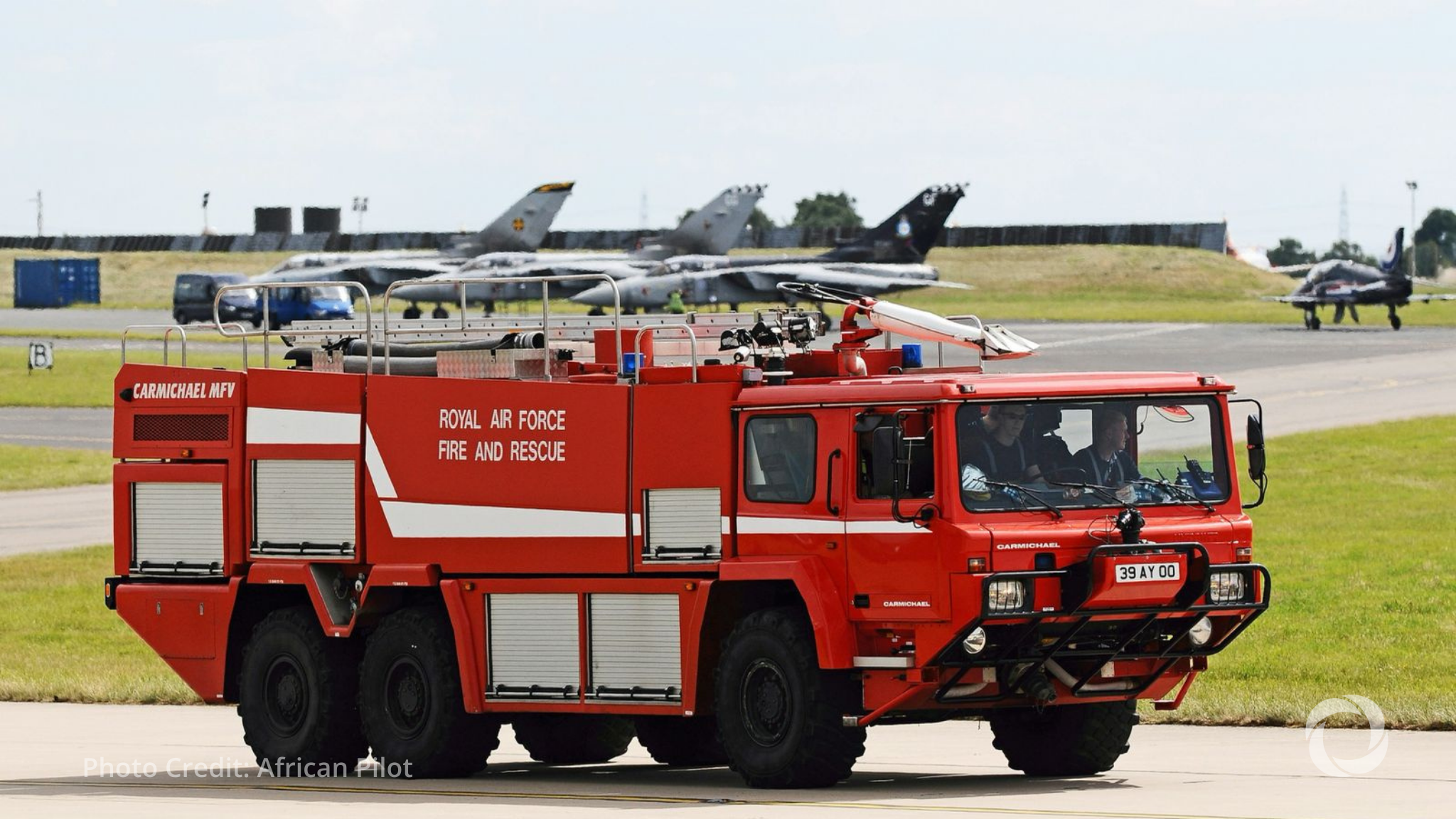The UN Environment Programme (UNEP) and International Civil Aviation Organization (ICAO) just started an $82.5 million project to get rid of toxic firefighting foams at major airports in five African countries, UNEP announced. The Fortifying Infrastructure for Responsible Extinguishment (FIRE) project will help airports in Egypt, Ethiopia, Kenya, Nigeria, and South Africa switch from dangerous PFAS-based foams to safer alternatives. The Global Environment Facility put up $10 million while partners added another $72.5 million in co-financing. These “forever chemicals” don’t break down naturally and have been linked to cancer, liver damage, and other serious health problems. The project expects to safely remove 4,500 tonnes of contaminated materials from fire trucks and dispose of 130 tonnes of toxic foam concentrate.
PFAS chemicals have been used in airport firefighting foams for decades because they work really well at putting out fuel fires. But scientists now know these substances stick around in the environment and build up in people’s bodies over time. They contaminate groundwater, soil, and food chains near airports. Many developed countries have already started phasing them out, but developing nations often lack the money and technical know-how to make the switch safely.
The FIRE project will work directly with participating airports to make sure the transition doesn’t compromise safety or operations. “This project marks a significant step forward in Kenya’s commitment to protecting public health and the environment,” said Dr Mohamud Gedi, who runs Kenya’s Airport Authority. ICAO Secretary General Juan Carlos Salazar called access to safe alternatives “a very significant step for the recipient countries.” The project builds on recent international agreements that classified several major PFAS chemicals as persistent organic pollutants under the Stockholm Convention.
Sheila Aggarwal-Khan from UNEP’s Industry and Economy Division said the project shows “environmental and health protection can go hand in hand with business and operational viability.” The Global Environment Facility’s Anil Sookdeo hopes it will inspire both participating countries and the wider aviation sector to go PFAS-free. Rolph Payet from the Stockholm Convention called PFAS “an invisible pollution time bomb that demands urgent, globally coordinated action.”
For environmental and health professionals, this project demonstrates how targeted sector initiatives can tackle widespread chemical contamination. Aviation firefighting represents one of the biggest remaining uses of PFAS chemicals, so cleaning up airports could have major ripple effects. The focus on African countries makes sense because they often get stuck with outdated, dangerous technologies that richer nations have already abandoned. Success in these five countries could create momentum for similar programs across the developing world, showing that you don’t need to choose between safety and environmental protection.

